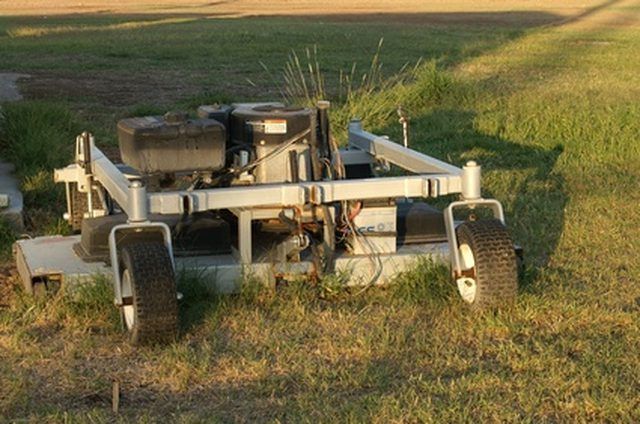Bulbs
Flower Basics
Flower Beds & Specialty Gardens
Flower Garden
Garden Furniture
Garden Gnomes
Garden Seeds
Garden Sheds
Garden Statues
Garden Tools & Supplies
Gardening Basics
Green & Organic
Groundcovers & Vines
Growing Annuals
Growing Basil
Growing Beans
Growing Berries
Growing Blueberries
Growing Cactus
Growing Corn
Growing Cotton
Growing Edibles
Growing Flowers
Growing Garlic
Growing Grapes
Growing Grass
Growing Herbs
Growing Jasmine
Growing Mint
Growing Mushrooms
Orchids
Growing Peanuts
Growing Perennials
Growing Plants
Growing Rosemary
Growing Roses
Growing Strawberries
Growing Sunflowers
Growing Thyme
Growing Tomatoes
Growing Tulips
Growing Vegetables
Herb Basics
Herb Garden
Indoor Growing
Landscaping Basics
Landscaping Patios
Landscaping Plants
Landscaping Shrubs
Landscaping Trees
Landscaping Walks & Pathways
Lawn Basics
Lawn Maintenance
Lawn Mowers
Lawn Ornaments
Lawn Planting
Lawn Tools
Outdoor Growing
Overall Landscape Planning
Pests, Weeds & Problems
Plant Basics
Rock Garden
Rose Garden
Shrubs
Soil
Specialty Gardens
Trees
Vegetable Garden
Yard Maintenance
How to Replace the Blades on a Brush Hog
How to Replace the Blades on a Brush Hog. Brush hogs are extremely heavy rotary mowers that are usually attached to the rear of tractors. Because brush hogs operate in conditions that are typically much harsher than traditional lawn mowing, these machines have heavy duty blades that require annual replacement or sharpening. Most brush hogs have a...

Brush hogs are extremely heavy rotary mowers that are usually attached to the rear of tractors. Because brush hogs operate in conditions that are typically much harsher than traditional lawn mowing, these machines have heavy duty blades that require annual replacement or sharpening. Most brush hogs have a simple design that makes replacing blades a simple task. Even an average user can learn to accomplish this task in just a few minutes using simple hand tools.
Things You'll Need
SAE socket set
Work gloves
Hammer
Torque wrench
Replacement cutting blades
Park the tractor with the brush hog attached on a flat level surface. Raise the mower deck of the brush hog using the tractor's hydraulic system, or whatever system normally raises the deck. Turn the tractor's engine off and set the parking brake. Remove the key.
Put on work gloves to protect your fingers from sharp metal tears that may have formed on the cutting blades since they were last inspected. Brush hog blades regularly from hit rocks and other debris, so blades are typically damaged. Fit a 1/2-inch SAE socket wrench onto the bolt that secures the first blade to be replaced. This bolt is called the spindle bolt. With a hammer, sharply strike the end of the socket wrench handle once so that the wrench turns the bolt in the counter clockwise direction.
Unscrew the bolt and remove the concave washer, called a Belleville washer, that secures the cutting blade to the bottom of the blade spindle (the axle which the blade spins on). Be sure to hold onto the blade with one hand while removing the bolt so that the blade does not drop to the ground or hit your feet.
Remove all brush hog blades using the same procedure. Replace all blades with new blades, or resharpened blades. Again, be sure to avoid sharp tears that may be on the blades. These tears are very sharp and may even penetrate your gloves.
Attach each new blade to the appropriate spindle. Secure each 1/2-inch spindle bolt tightly with the socket wrench, making sure that the concave side of the Belleville washer is facing the blade. Torque each bolt to at least 75 foot pounds of torque using a torque wrench. Test the brush hog for normal operation.
Tips & Warnings
The method of using a sharp tap of the hammer on the end of the socket wrench is designed to free the bolt from it's it's initial "bound" position. After the initial tap, regular wrench motion must be applied to remove a bolt.
Be careful that adjacent cutting blades do not hit you as you remove a blade. The blades are all connected via belts within the mower deck housing, so if one spins they all spin together.